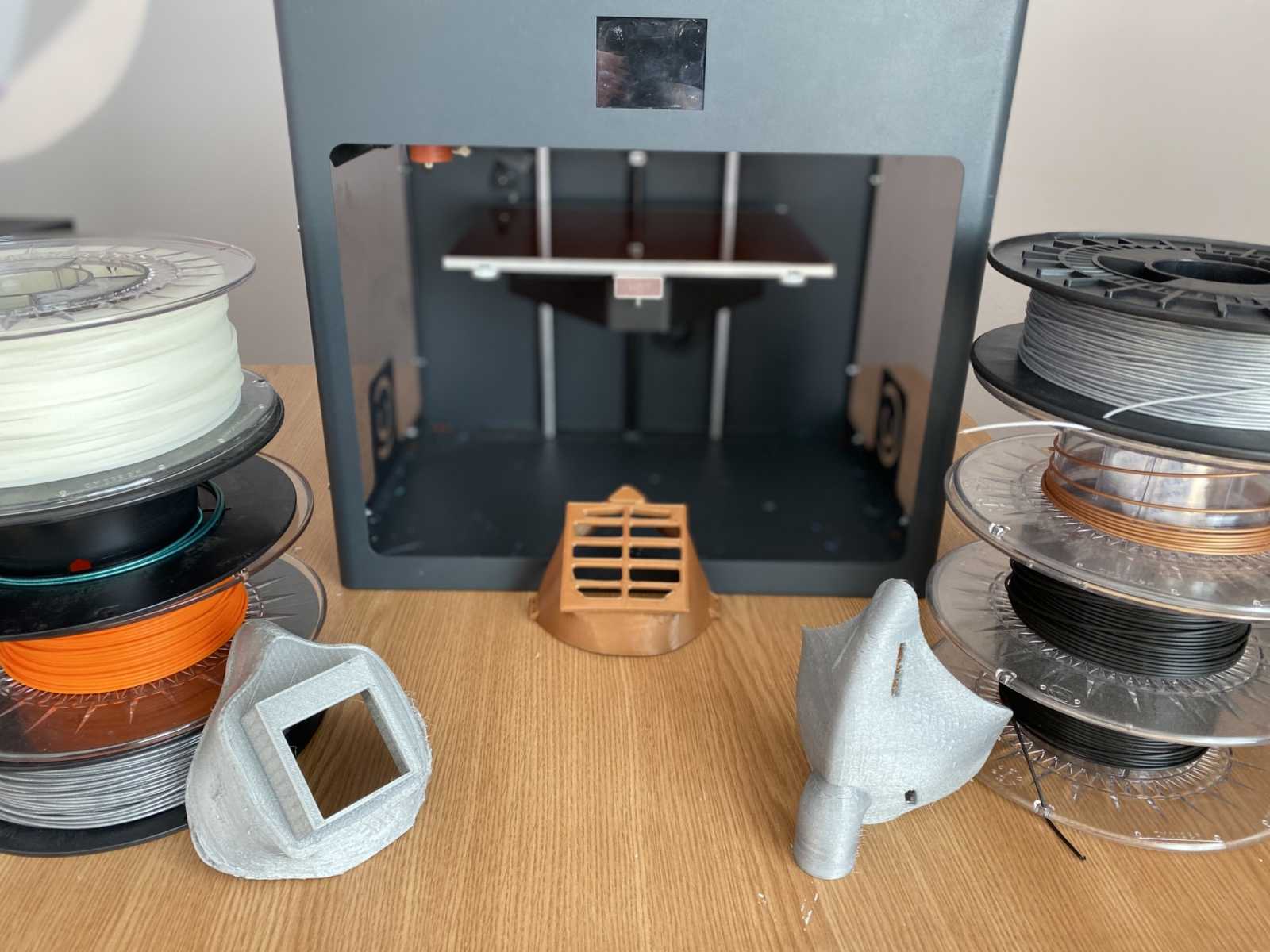
Support to the Institute of Public Health of Montenegro
As the COVID-19 pandemic spreads globally, countries are implementing various restrictions related to travel limitations, social distancing measures, and work-from-home rules. Even the healthcare systems of the most developed countries are becoming overwhelmed by the COVID-19 virus. The shortage of medical supplies has become one of the main problems.
In more severe cases of respiratory distress, patients will require mechanical ventilators to take over the role of the lungs. One of the challenges countries are facing at this moment is the shortage of ventilators, spare parts, and protective masks, both for citizens and medical staff.
Many companies are making their resources available to help address these issues. 3D printing technology, which allows for the digital design of parts and their “printing” with a machine that creates them layer by layer, is ideal for emergency production as it is fast, cost-effective, and efficient. Companies using 3D printers in their daily operations are exploring ways to leverage their benefits by printing valves for ventilators, breathing filters, and face mask clips. Additionally, the printing of entirely new parts is being introduced, such as plastic adapters for door handles that enable opening doors using elbows, thus preventing further virus spread. Furthermore, numerous social media users are sharing 3D models for printing adjustable face masks and forming groups to build ventilators using 3D printers and other readily available materials.
To contribute to the fight against COVID-19, the Faculty of Electrical Engineering at the University of Montenegro, the Innovation and Entrepreneurship Center Tehnopolis from Nikšić, and the National Technology Park of Montenegro, with the support of the Ministry of Science, came up with the idea to utilize their 3D printing capacities and start printing certain segments of protective equipment and spare parts to be made available to the Institute of Public Health of Montenegro. It was decided to begin printing prototypes based on available 3D models: protective masks for ventilators along with tubing, protective masks with HEPA filters, and protective visors. After the components are verified by the Institute of Public Health, these partners will maximize their efforts to use all available resources to ensure that a certain number of these items are provided to the Institute of Public Health.
As the Faculty of Electrical Engineering, UCG, has previously conducted a number of 3D printing projects, Milena Đukanović, phd, and 4th-year student Zdravko Maraš utilized their knowledge and available resources to create specific prototypes of mask models and spare parts for ventilators, thus contributing to solving the emerging situation.
The executive director of the National technology park of Montenegro, Velibor Bošković, thanked colleagues from the Innovation and Entrepreneurship Center Tehnopolis in Nikšić, who worked hard to produce certain models of protective equipment that will be made available to the Institute of Public Health of Montenegro for analysis. Additionally, STP Montenegro and IPC Tehnopolis will use their international contacts to find alternative solutions for specific needs of the healthcare system, all in coordination with the Institute of Public Health of Montenegro.


